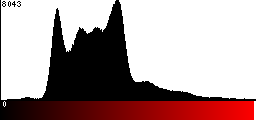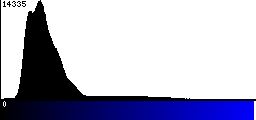
For bees, their forage or food supply consists of nectar and pollen from blooming plants within flight range. The forage sources for honey bees are an important consideration for beekeepers. In order to determine where to locate hives for maximum honey production and brood one must consider the off-season. If there are no honey flows the bees may have to be fed. Bees that are used for pollination are usually fed in the holding yards. Forage is also significant for pollination management with other bee species. Nectar contains sugars that are the primary source of energy for the bees' wing muscles and for heat for honey bee colonies for winter. Pollen provides the protein and trace minerals that are mostly fed to the brood in order to replace bees lost in the normal course of life cycle and colony activity. As a rule of thumb the foraging area around a beehive extends for two miles (3 km), although bees have been observed foraging twice and three times this distance from the hive. Experiments have shown that beehives within 4 miles of a food source will gain weight, but beyond that the energy expended is greater than that gained during the foraging flight.



